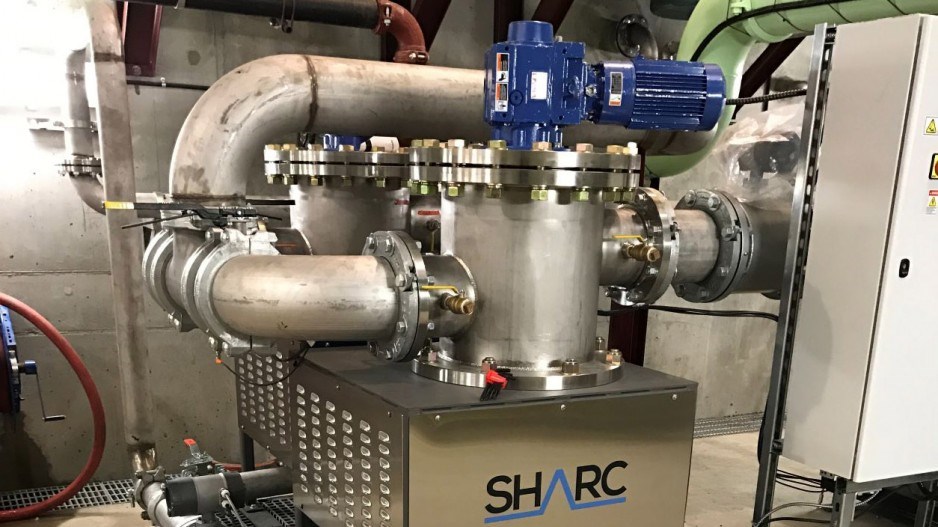The False Creek district energy authority in Vancouver, one of the early adopters of a home-grown technology that captures and reuses heat in buildings, likes the technology so much it is ordering more.
The False Creek Neighbourhood Energy Utility, operated by the City of Vancouver, supplies space heating and hot water to 600,000 square metres of residential, commercial and institutional buildings in downtown Vancouver. As part of its energy conservation strategy, it uses two SHARC Energy systems, which captures and reuses the heat from wastewater in buildings.
The energy direct is expanding to include an additional 1,300,000 square feet of new development. As part of the expansion, the district now plans to buy another five SHARC units.
"The NEU currently aims to deliver 70% of its energy from renewable sources," the False Creek NEU says. "A significant portion of the NEU’s renewable energy supply comes from sewage heat recovery, where the latent heat from sewage is captured using a heat pump process at the False Creek Energy Centre, located under the Cambie Bridge."
The SHARC energy system is a fairly simple technology that uses heat transfer to capture the heat in the water used in buildings -- from flushing toilets, dishwashers, showers, and kitchen sinks. A lot of heat energy is wasted when waster is flushed down drains -- heat that can be captured and used in the buildings for both space heating and hot water.
“In the form of warmed wastewater… globally, we are throwing away trillion dollars’ worth of energy each year which can now be recovered and reused,” SHARC Energy (CSE:SHRC) said in a news release.
The two current SHARC systems already in use at the False Creek district energy system saves the district 3.2 megawatts worth of energy, the company said in a news release. The additional five SHARC units will increase that energy savings to 9.2 MW, making it the largest waste energy transfer system in North America.
By displacing natural gas used in heating, the company estimates that translates into a reduction of CO2 emissions of 4,400 tonnes per year.




